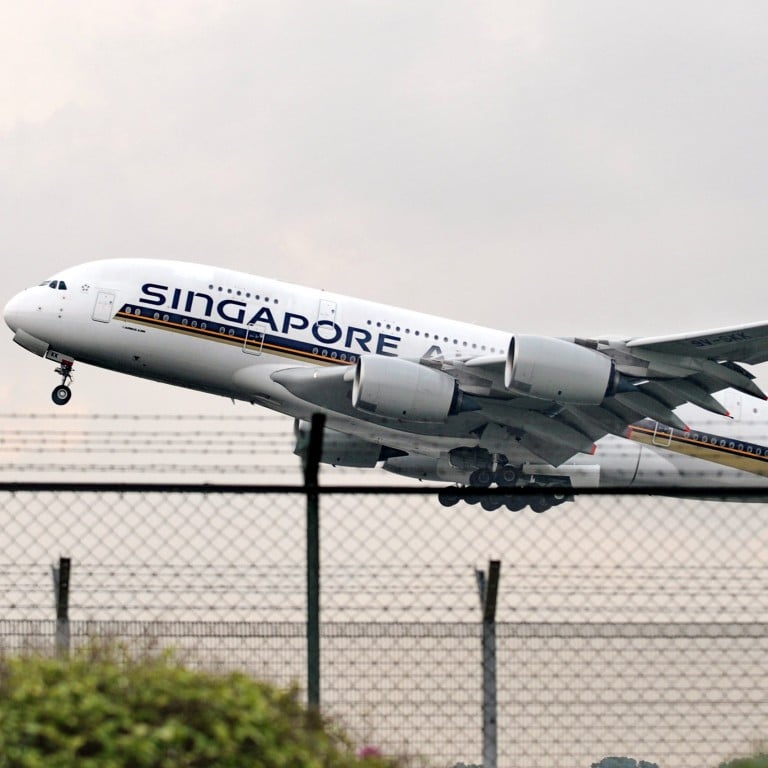
How J.Y. Pillay helped Lee Kuan Yew turn Singapore Airlines into a global giant
- With no domestic market and limited aviation experience, Singapore’s dream of owning a world-class airline seemed far-fetched, but Pillay believed it was achievable
- His journey to take-off included spending an unheard-of US$900m on Boeing jets in 1978, battling anticompetitive acts by the US, UK and Australia – and standing up to Lee Kuan Yew
A new book, The Last Fools: The Eight Immortals of Lee Kuan Yew, edited by Peh Shing Huei, puts the spotlight on eight powerful bureaucrats who turned the late Singapore statesman’s ideas into icons. In this excerpt, Aaron Low details J.Y. Pillay’s journey in establishing the city state’s flagship carrier.
Wiry, slight of frame and soft-spoken, J.Y. Pillay was not the kind of person you would associate with building an international airline and all the glamour that came with it. Intellectual instead of instinctive, he seemed more at ease with formulating policy than charting out a vision for a large airline.
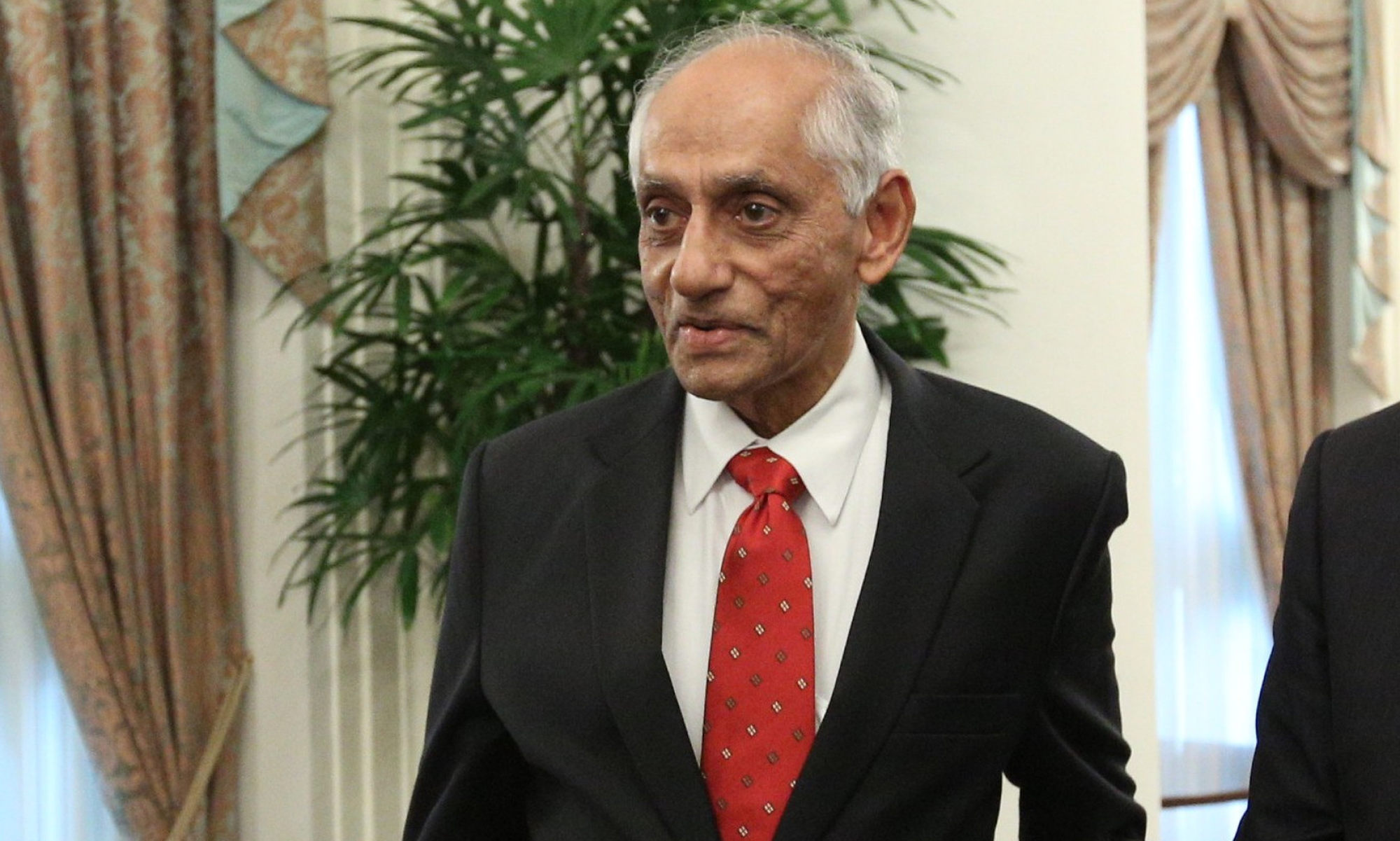
More than anything, he valued clarity of thought. In particular, there had to be a single objective to any action taken. This was an idea he drew from the Bhagavad Gita, a Hindu scripture written 2,600 years ago. In an interview with The Business Times, he said the Gita was a powerful management tool. “The Gita says ‘the follower of the true path has one object and that object is the end of his determination’. In other words, there aren’t two objects. There’s only one. And then it goes on: ‘Many branches are the ways of the man who lacks determination, who lacks will’.”
He translated this teaching into an insight that guided the way he managed people. He told his colleagues: “Look, whenever you embark on anything, please tell me what your object is. And there must be one. I don’t want five. Just give me the principal object. If you like, you can give me the ancillary objectives.”
Former civil servant Ajith Prasad, who worked with Pillay at the Ministry of National Development, remembered how Pillay insisted papers should be submitted to him. “Written work – no submission to exceed one page, with all supporting details to be relegated to annexes; each paragraph to advance precisely one point; sentences not to exceed a span of one-and-a-half lines; paragraphs not to exceed four sentences,” said Prasad.
Pillay was given a massive task at SIA – one which required a clear and practical plan. In many ways, Singapore had no business wanting to run an international airline. First, it did not have experience in running an international carrier. Only a handful of executives in the newly formed SIA had any experience running a regional airline, much less one that was looking at global expansion.
Second, Singapore had no domestic market. Singapore was a little-known location, a tiny splodge of land in the middle of a hostile region brimming with communism in the early 1970s. This meant SIA had little bargaining power when it came to negotiating for landing rights to other countries. And without them, airlines are nothing but empty planes.
Last, even though they had a few planes from the Malaysia-Singapore Airlines (MSA) demerger, the fleet was barely enough to compete against existing international carriers.
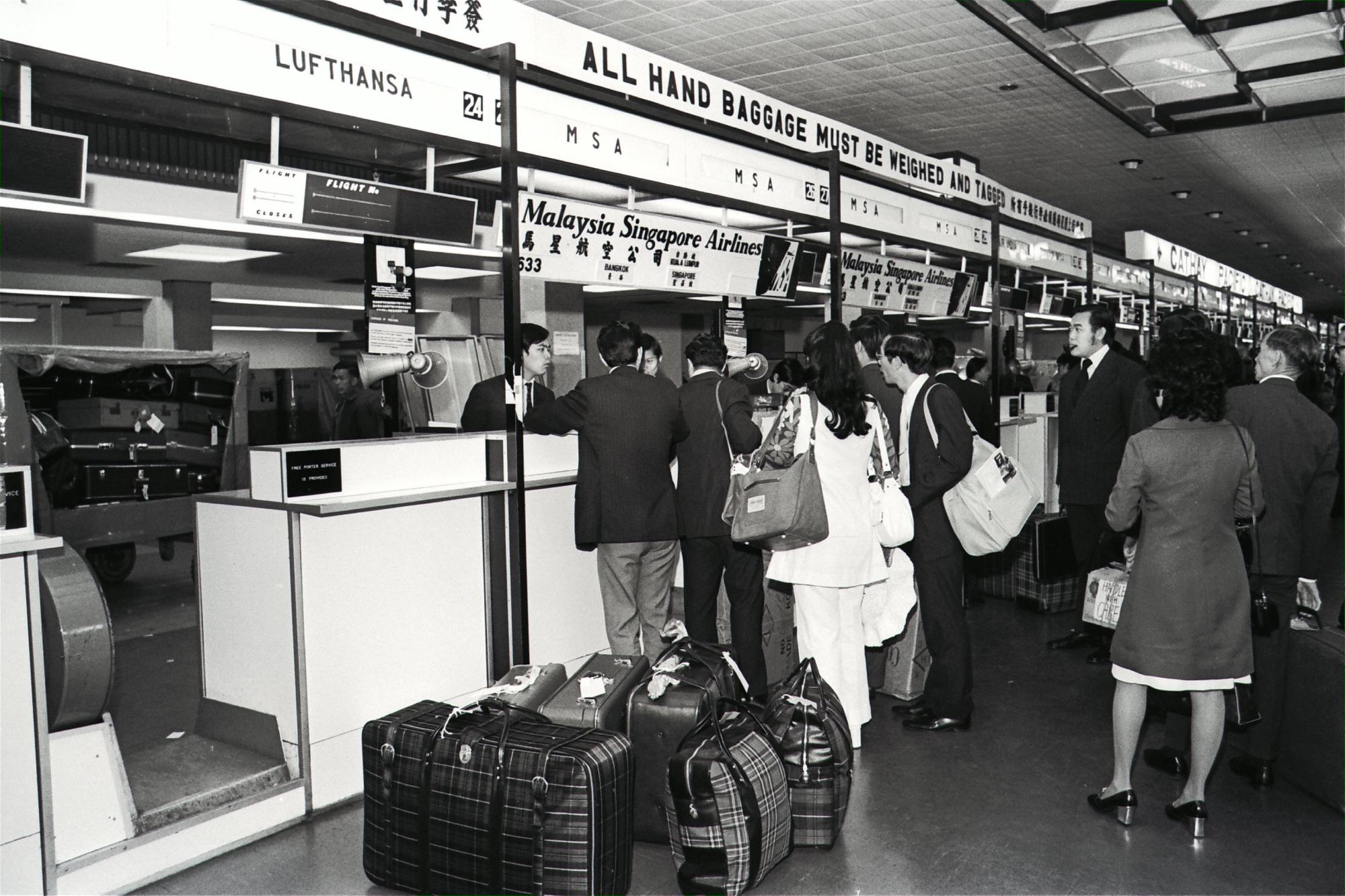
But what made the mammoth task nearly impossible was that the government, SIA’s sole shareholder, said the airline had to fly solo without financial help.
Pillay took on the challenge and believed that getting SIA to fly was eminently doable. “When Malaysia-Singapore Airlines split into two carriers, that was a great boost to us, and I daresay for the Malaysians, too. It enabled us to pursue our goals without being hamstrung,” he said in SIA’s 70th anniversary book, The Great Adventure. “We could now plough our own path. We had the opportunity to mould the culture of the organisation on our own, and the staff were really energised.”
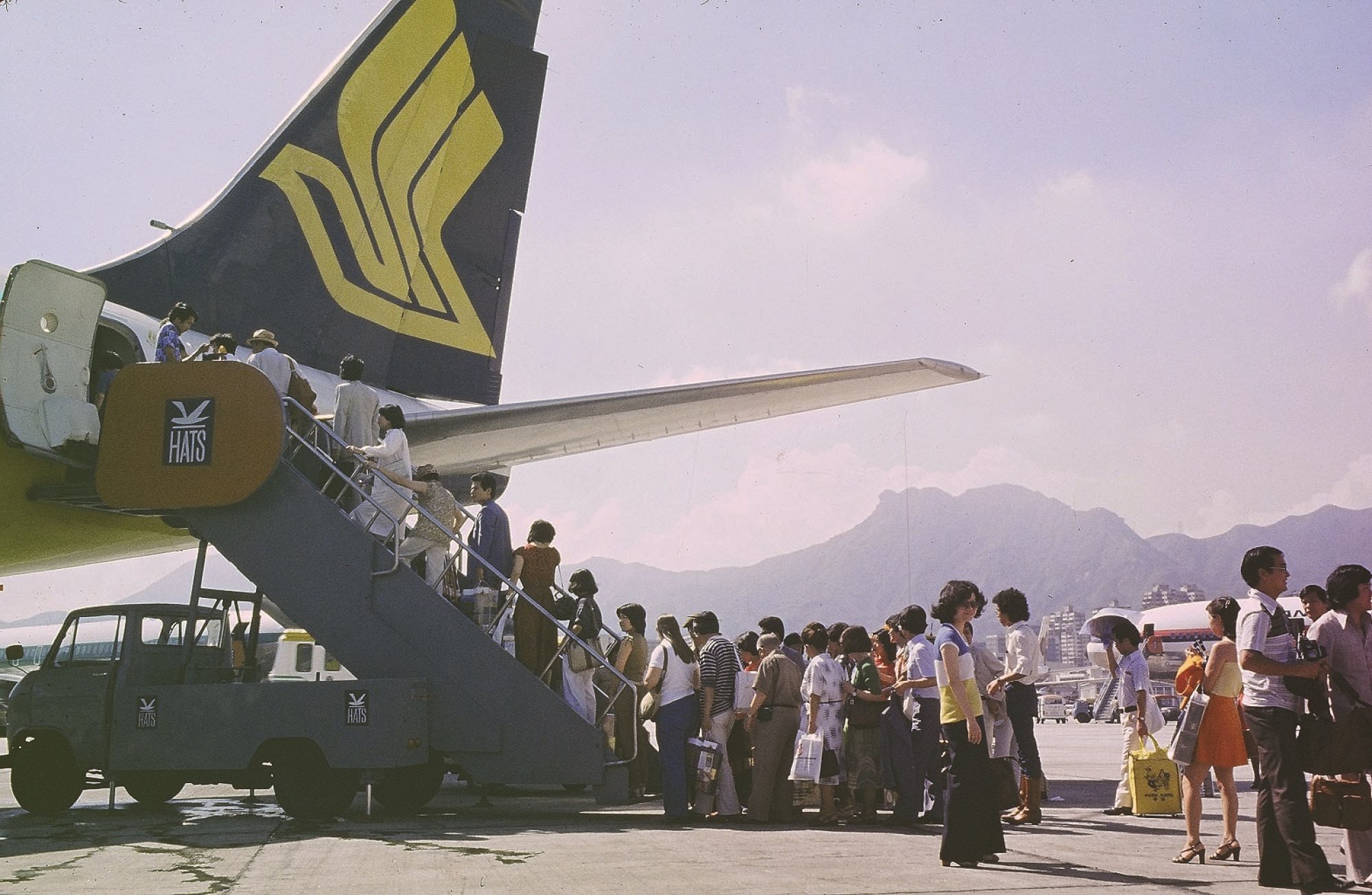
The best way to tackle a big problem is to break it down into smaller parts. Pillay saw early on that SIA needed to do three things better than anyone else in the industry: develop world-class service levels, raise efficiency levels, and expand its presence around the world. Pillay and Lim got to work.
The pair made SIA’s first big decision before the airline was even set up: buying the Boeing 747 Aircraft. It was a pivotal moment that would decide the trajectory of the airline. But it was also a decision that required some risk-taking and a great deal of belief, given that the planes cost north of US$70 million.
“It required a heck of a lot of money, and we did need a government guarantee to the Exim Bank of Washington DC. It was a lot of money for us in those days, a small company. Singapore didn’t have the billions that it now has,” said Pillay in an interview in 2015 with the Singapore Management University.
“So, the Cabinet got a bit queasy, and they quizzed us. Hon Sui Sen was the Finance Minister. They didn’t summon me to the Cabinet to explain, thank goodness. We sent them a stack of documents that we used to do our evaluation and to make an assessment of our financial condition, of our financial forecast. After that, we never heard from Cabinet. No veto, so we went ahead.”
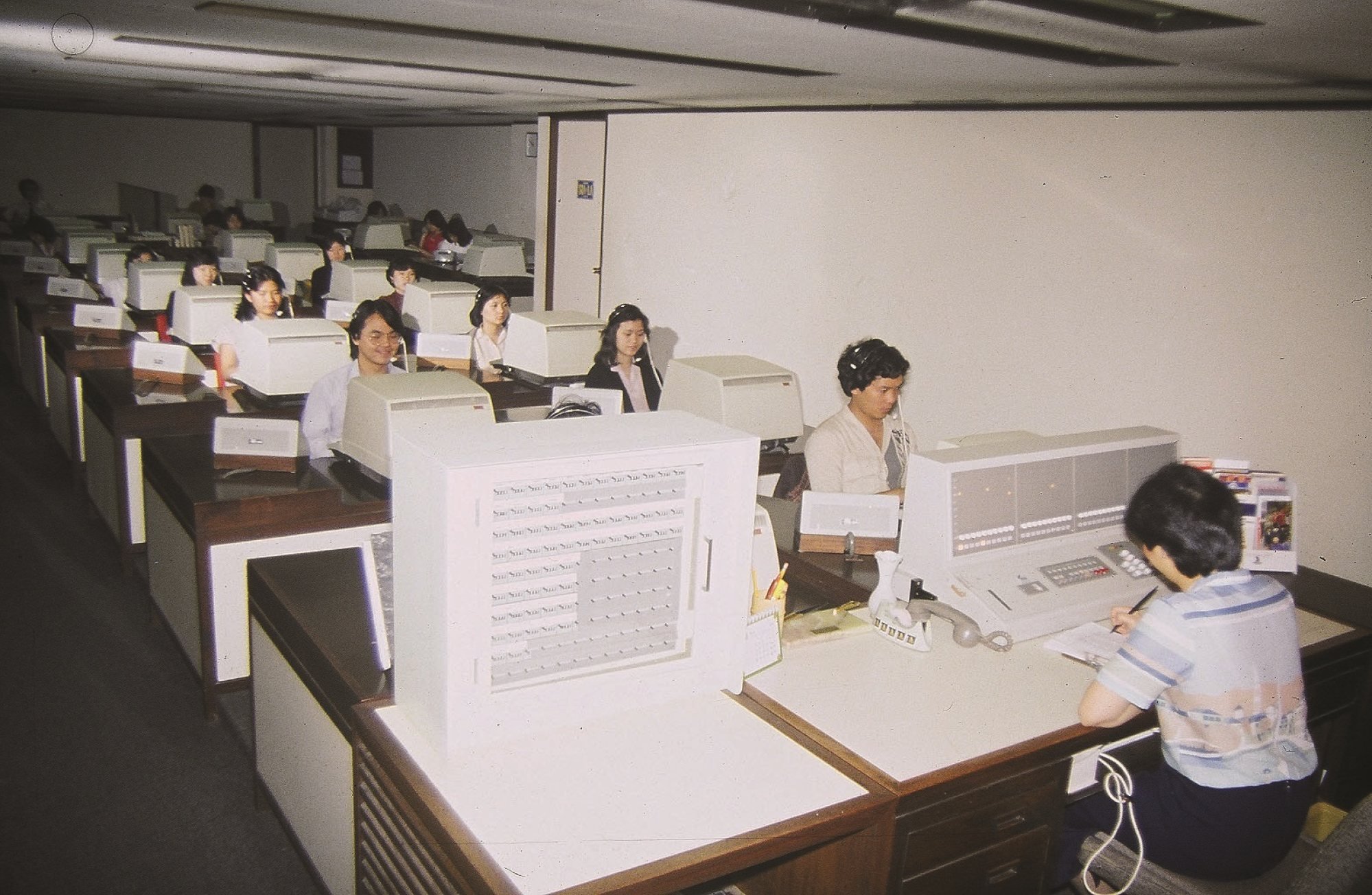
Another big decision came in 1978 when the airline bought to 19 Boeing jets for US$900 million; the largest purchase at the time by any airline in the world. The announcement shook the industry. Papers in the United States dubbed the move “the sale of the century”. Pillay was amused by the reaction. To him, the decision was simply the result of logic and the need to ensure that SIA stayed ahead in the service game. “You don’t get responsible organisations placing orders with an eye towards the history books,” he said.
He also took the decision not to join the International Air Transport Association (IATA), the industry’s global association, simply because it got in the way of SIA’s desire for quality service. Never mind that SIA was the new kid on the block; this new kid thumbed his nose up at the fraternity of cool and rich kids. His message to them? I’ll do it my way.
“We had an obsession with the quality of service. In those days, the IATA prescribed the level of fares and also the standard of service you could offer,” said Pillay in The Great Adventure. “Airlines that were IATA members were charging passengers for drinks and headphones. So we decided not to join the IATA. That meant we were free to do what we liked, and we just distributed things for free. IATA didn’t quite see it our way, but couldn’t stop us. We said, you can object to your heart’s content.”
Once, while travelling overseas on an SIA flight, Pillay noticed that SIA staff were mishandling catering equipment such as trays and cutlery. He went back to check the numbers: about S$20,000 was lost every day on broken catering equipment. It got him so annoyed that he wrote a scathing note in the company’s in-house newsletter, lamenting the state of affairs: “I am sometimes appalled by the waste of resources I can detect on board as a passenger. It should be possible with a little more care to preserve some of the passenger amenities on board for future use.”
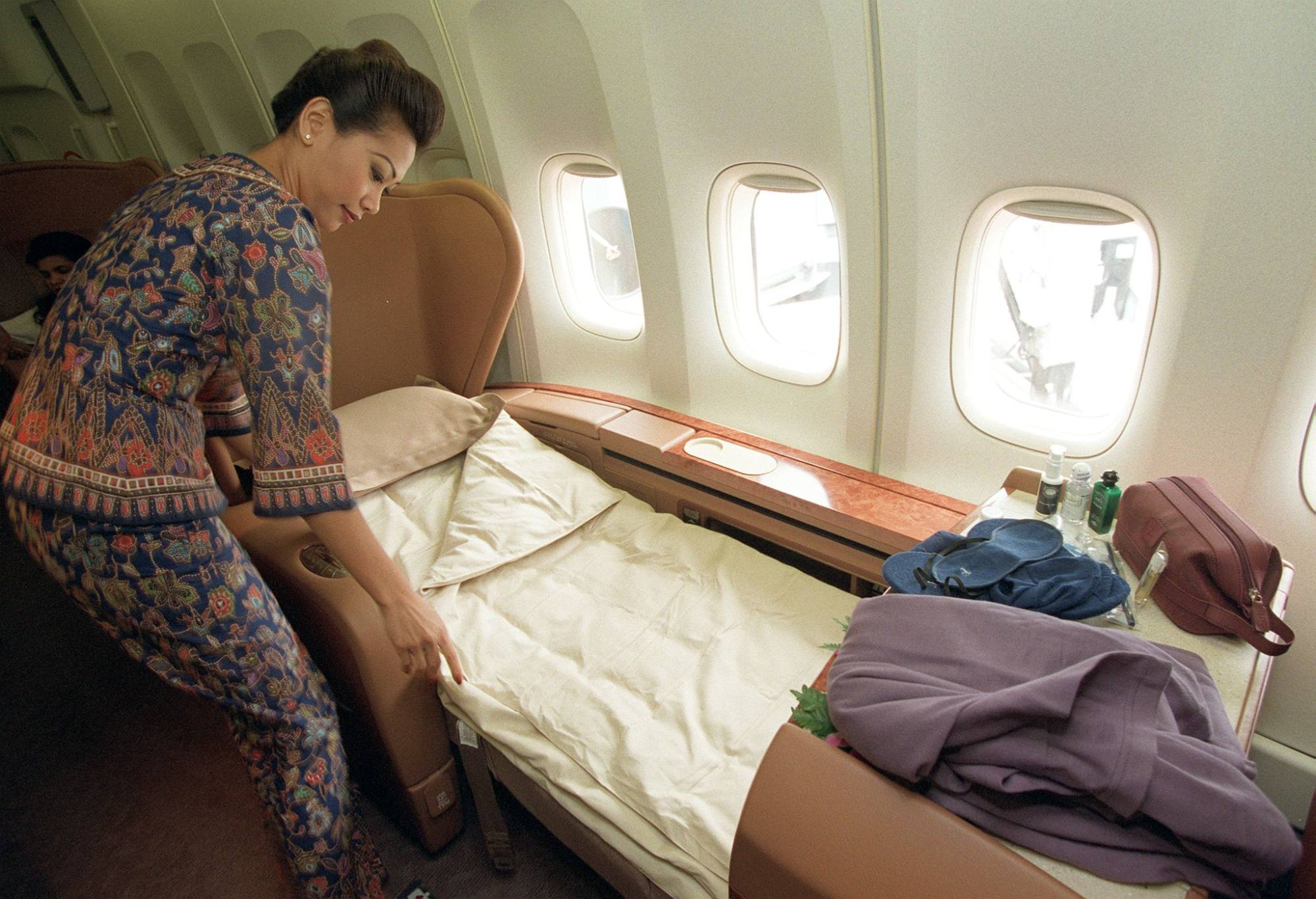
In the early days of international travel, governments also dictated how much fares should be. Airlines did not have the pricing power they have today. German authorities raided the SIA office because the Singapore company was accused of offering fees below the approved fares. Amsterdam authorities stopped SIA passengers before they boarded the aircraft to check how much they paid for their tickets; if it was below the approved price, the travellers were not allowed to board the plane.
Malaysia-Singapore Airlines, Siamese twins set for separation
Pillay displayed the same fire when US airlines tried to lobby their government from allowing four new SIA flights to the US West Coast. Among other things, they charged that SIA was subsidised by the Singapore government, which allowed it an unfair advantage over its competitors.
Furious, Pillay issued a statement challenging any airline to comb through SIA’s books to find evidence of government subsidy. He also called out the US government for its hypocrisy. On the one hand, they defended free trade and movement of goods and people across borders; on the other, they adopted protectionism when it came to their industries.
“If anyone can find the subsidy, please let me know. If he can’t, then please let me know how I can get a subsidy from the government,” he said in a statement that was dripping with sarcasm.
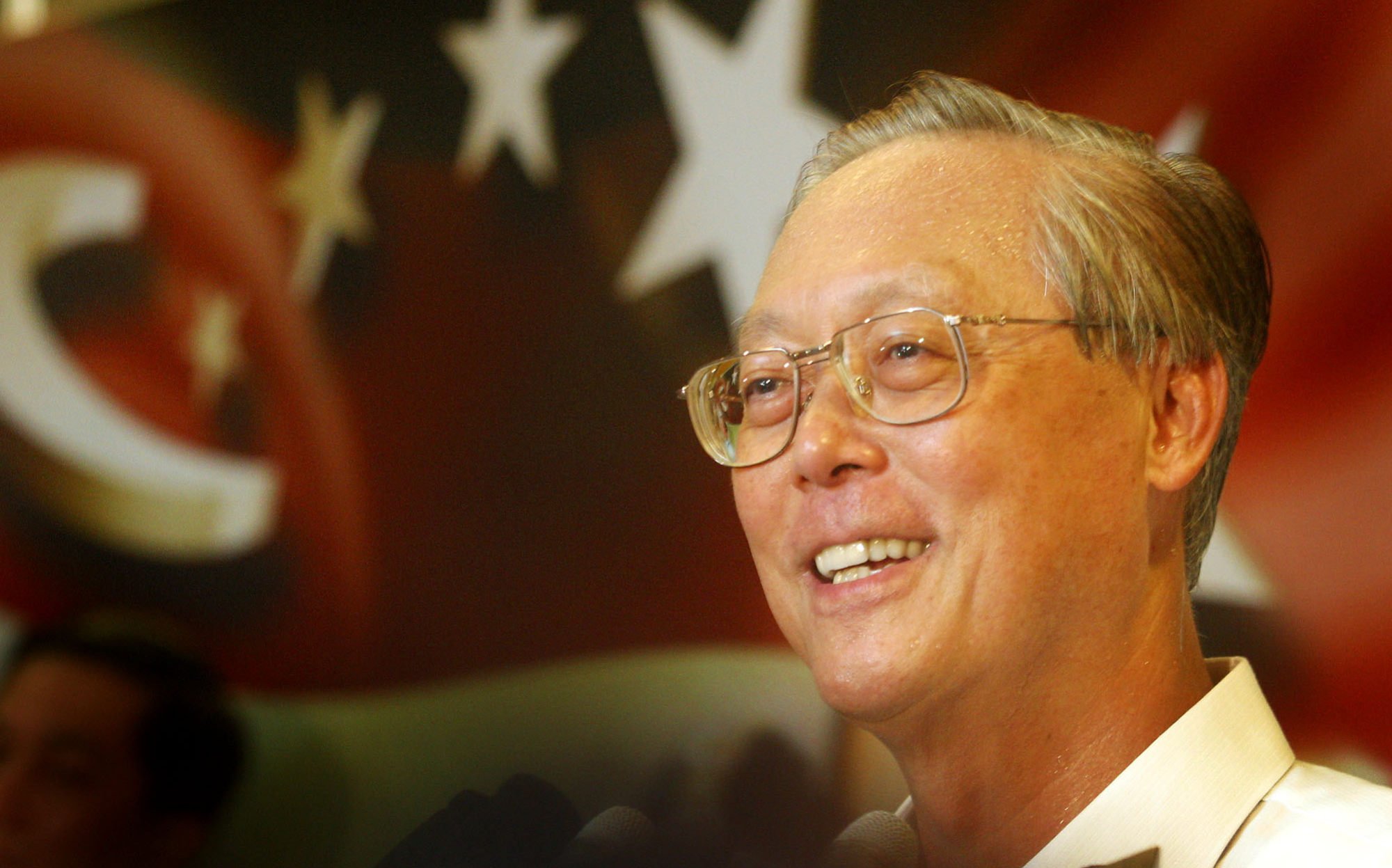
Goh reported this to Pillay, who blew his top. He told Goh that “he did not send me to Williams College only to lose me”. Pillay spoke to Finance Minister Lim Kim San about Goh, who then relayed the matter to the prime minister. No one knew what was said between the two men, but the result was clear: Goh stayed on in the department.
“My respect for him went up a few notches. Here was a civil servant who dared reverse the prime minister’s decision,” said Goh, who later became prime minister from 1990 to 2004.

